Volkswagen Tosses Out an R-Line Tiguan as It Waits for More Crossovers

Volkswagen’s American fortune will not come by way of an electric, next-generation Beetle. No, the automaker’s U.S. game plan rests firmly on the success of existing and future utility vehicles. With no new models kicking around to bring to L.A., the automaker decked out its recently introduced second-generation Tiguan in ever-so-edgy R-Line trim and headed to the show.
Featuring an added (but not heaping) dose of visual aggression, the Tiguan R-Line, available in the first quarter of 2018, should give crossover buyers something new to look at while the company fleshes out its lineup with new tenants. It’s early days yet, but it seems the company’s crossover push is already working.
Let’s be honest — finding the differences between the R-Line and another uplevel Tiguan would be much more difficult if the model shown above wasn’t white. Clearly, adding the R-Line package brings a revamped lower fascia with black-ringed air intakes, front fender badging, a blacked-out rear diffuser, and a choice of edgier 19- and 20-inch aluminum wheels.
Inside, there’s no shortage of glittery reminders that this Tiguan is an extra-special one. Even the welcome screen informs you of this fact.
The removal of the stock Tiguan’s side sill and wheel arch cladding lends the impression that this Tiguan’s home is the mean streets of Anytown, USA, not the woods. Of course, appearances aside, there’s no real difference between the R-Line and its Tiguan siblings. The same turbocharged 2.0-liter four-cylinder rests under the hood, making the same 184 horsepower and 221 lb-ft of torque, and connected to the same eight-speed automatic. (A powertrain described as “unresponsive” and “lackadaisical” in a recent TTAC review.)
If R-Line is your thing, prepare to pay more for it. The package only applies to the Tiguan SEL and SEL Premium, and the markup amounts to 1,795 for the lesser trim, $1,495 for the range-topper.
When it debuted in early summer, the 2018 Tiguan represented a more Americanized version of the crossover, stretching some 5 inches longer than a Toyota RAV4. The former Tiguan (which soldiers on as the Tiguan Limited), was often criticized for its puny size. There’s even a third row on offer if you feel like handing over an extra $500.
While the new Tiguan’s performance isn’t exactly scorching, the model’s sales performance is (so far) quite the opposite. By keeping the old model on hand, the nameplate recorded its second-best U.S. sales month in October, with volume rising 54 percent, year-over-year. September saw a year-over-year sales gain of 44 percent.
Meanwhile, there’s new volume rolling in from the midsize Atlas SUV, introduced this past spring. Between them, the Atlas and Tiguan are making up for lost sales in the traditional passenger car segment. So far in 2017, only one month has seen a sales drop compared to last year’s Volkswagen brand figures. North of the border, sales are on track to surpass last year’s figures by a healthy margin.
[Images: Volkswagen]

More by Steph Willems
Latest Car Reviews
Read moreLatest Product Reviews
Read moreRecent Comments
- Wjtinfwb No confusion on my end, Ghost. The Government has zero role in job creation outside of the legitimate opportunities' created by Government going about it's responsibilities, namely keeping the American people and territory safe from foreign intrusion. Of course, they're failing epically at that but that's a different topic. The American free enterprise system is what enables job creation. Government's role is to stay out of the way of that system, but they seem incapable of doing so. Oil & Gas exploration is just one example. If a National Job Policy is what you're looking for, there are other countries that will be happy to accept your application for residency.
- Michael Smith I drive 100-300 miles a day in new BMWs, Mercedes-Benzes, and GM SUVs. Some are already equipped with automatic braking.It's the first thing I turn off when I start the car.I've had experiences where (as the author notes) the system gave false alarms and stabbed the brake pedal, threatening my ability to control the car.Further, every driver encounters situations where, for example, legal following distance must be momentarily compromised in order to avoid a difficult situation. When the system intervenes, it disrupts the driver's plan of action. This can lead to a collision as the driver has to suddenly react not to his surroundings, but to the system.Not only is automatic braking an insult to skilled drivers, it's dangerous to everyone.
- Dave M. My hipster daughter is greatly into it. We watched the race together this weekend. It was interesting but I'm not devoted to it like she is. She'll be at the Austin race in October.
- Bd2 I'll watch F1 when Kia and/or Hyundai pony (pun intended) up the cash to field a class leading team. Hyundai is leading many series with the Elantra N with it's incredible 350HP Smartstream-R engine.
- Steve Biro There are 24 races on this year’s F1 schedule. And I guarantee you no more than two will be reasonably exciting, Meanwhile, F1’s reception for Andretti reveals the dark underbelly of the sport. I have followed F1 since the 1960s and, frankly, I am running out of interest. I’ll catch a race if it’s convenient but won’t bother DVRing them.



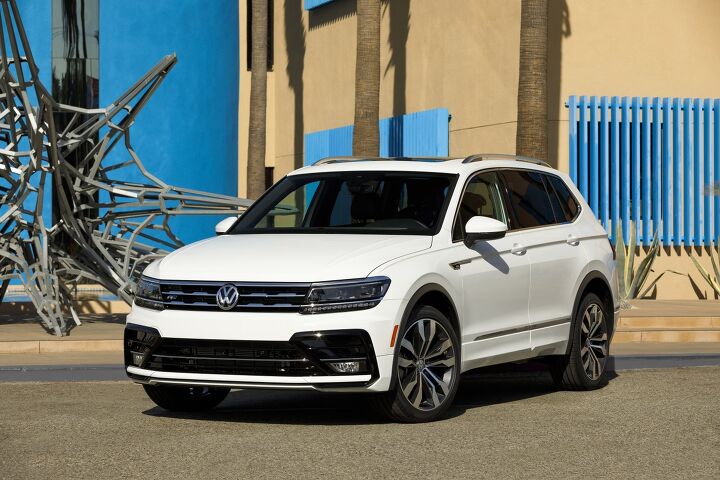














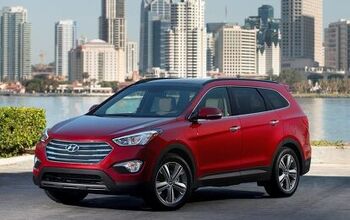
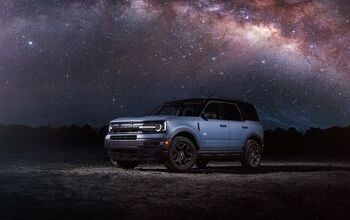
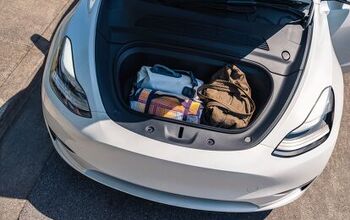
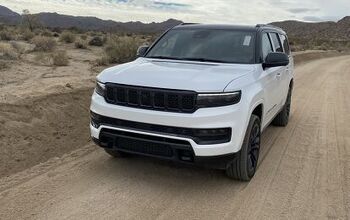
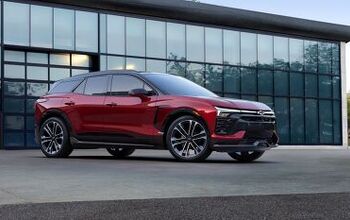
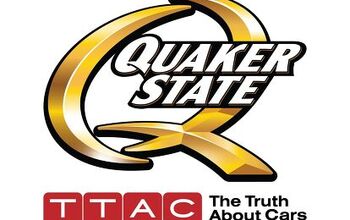
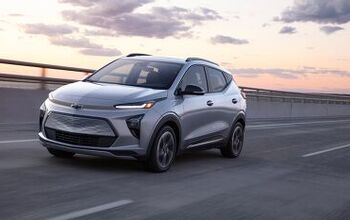
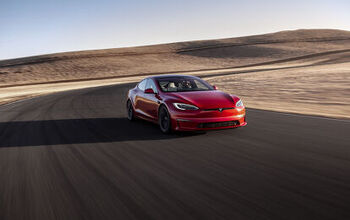
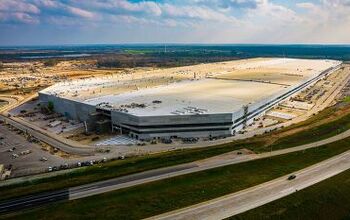
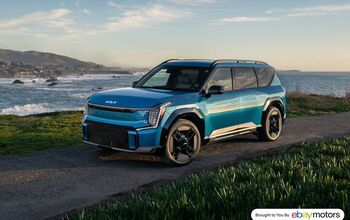

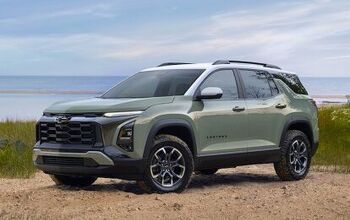
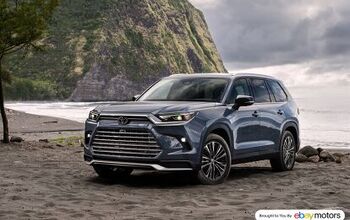
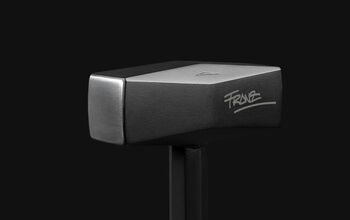

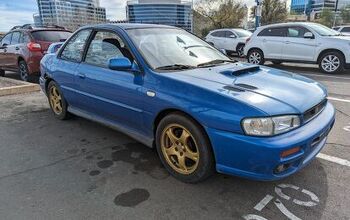
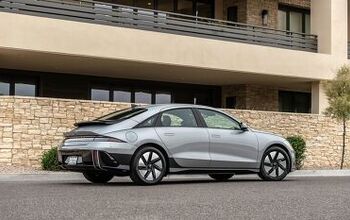

Comments
Join the conversation
It's astonishing how differently VW is viewed in Canada than in the USA. In Canada VW is accepted as a European marque and Passats, CC's, even Tiguans are therefore generally considered more upscale than more mundane/mainstream Domestic, Korean and Japanese segment competition. More in line as a 'junior' Volvo. And in Canada their comprehensive warranty is 'only' 4 years/80,000kms, which equates to 50,000 miles. We can however still get deals on Jettas, but not so much on other VW products.
I'd look hard at a Tiguan GTI (or Sportwagen, or Alltrack). Otherwise, passing interest only.